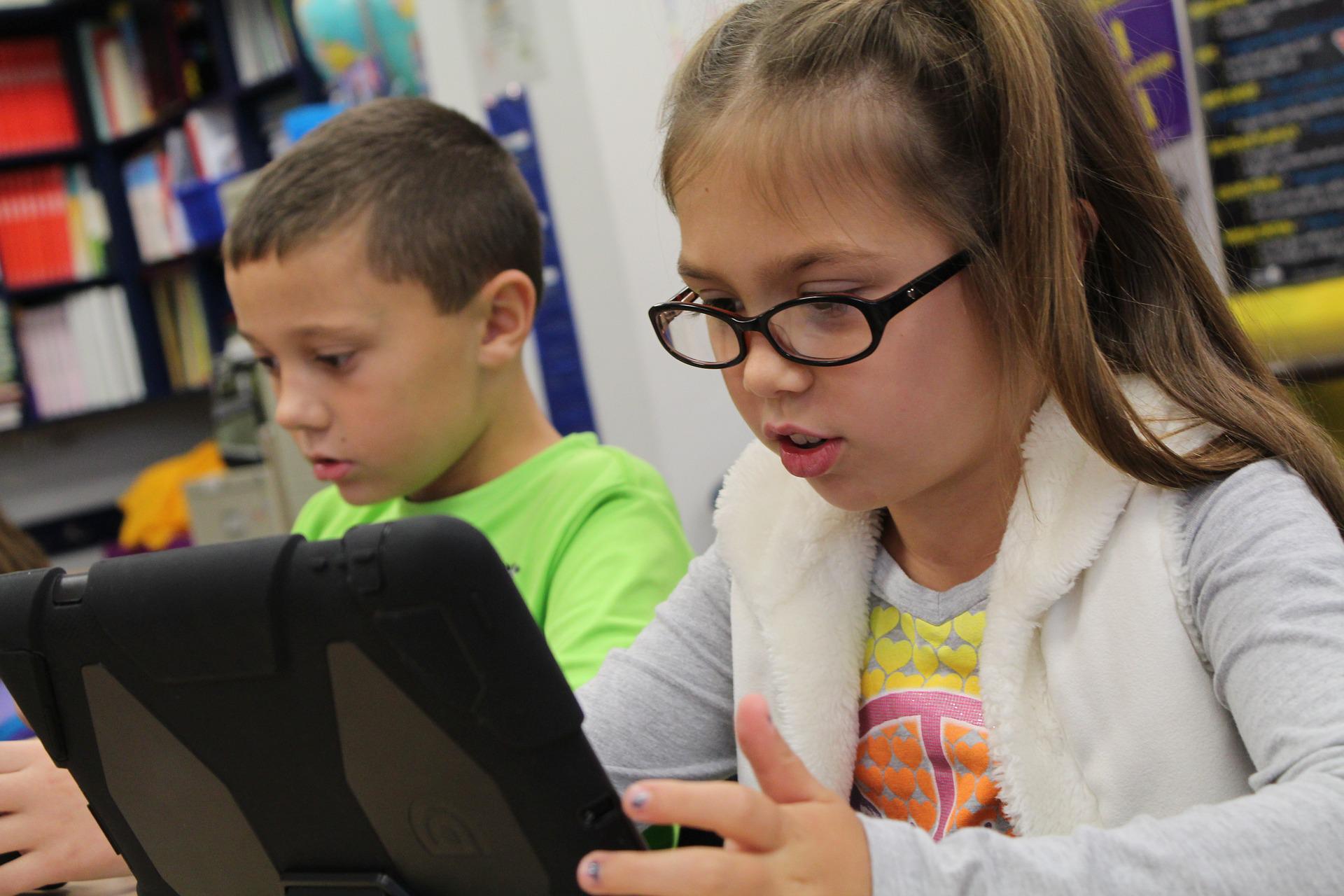Navigating Personalized Learning’s Many Definitions
Personalized learning means different things to different educators, finds a new survey, but that may not be a bad thing

Personalized learning is being prioritized in districts, schools, and classrooms across the country yet educators don’t always mean the same thing when they use the term.
“Personalized learning means lots of things,” says Bill Bass, Instructional Technology Coordinator for Parkway School District in Missouri. “The idea that it is just one definition is really tough to get your arms around.”
A recent survey conducted by PowerSchool as part of its Education Focus Report confirmed this by showing a variety of perceptions when it comes to the idea of personalized learning.
Defining Personalized Learning
When it comes to defining personalized learning, 54 percent of the 1,194 respondents said it meant “differentiated instructional strategies based on student.” Respondents were asked to select all the terms that applied and 43 percent said personalized learning was “using data to drive instructional practices and shifts.” Another 43 percent said it was “using adaptive learning technology to empower student learning.”
Additionally, 36 percent said personalized learning was “elevating student voice and choice in learning,” 34 percent said it was “incorporating cultural relevance into instruction,” and 28 percent of respondents selected “competency-based education.” Overall, 54 percent also selected “all of the above" (respondents could select multiple options so the totals add up to more than 100 percent).
Ryan Imbriale, vice president of Education Solutions for PowerSchool, says that in addition to the survey, focus groups that were conducted as part of the report highlight the differing definitions around personalization. “When you talk personalization, it's everything from differentiation that happens in the classroom to using data to make decisions about an individual student or groups of students and elevating student voice,” he says. “And it's about using technology. And in addition to that, it's all of the above."
Bass, who is quoted in the report, agrees. “Personalized learning is this idea of we want to create learning opportunities for students that are going to be of high interest to them, that are going to be self-paced to a certain extent and allow our students to get to mastery,” he says.
Tools and ideas to transform education. Sign up below.
In addition, personalized learning puts students in the driver's seat. “One of the things that we can get to is helping our students identify the things that they love, that they're passionate about, and then capitalizing on those interests in order to help them find their way, whatever their way is,” he says.
Personalized Learning in Practice
To implement personalized learning in Bass’ Parkway School District, an elementary school is dedicated to the practice. The school serves as something of an educational incubator for educators district-wide who get the chance to see what personalized learning looks like in practice.
“What we're doing is we're giving our teachers permission to expand beyond what they would normally be doing in a more traditional classroom,” Bass says. Students at the school are encouraged to make their own meaning out of the work that is being done, project-based learning is emphasized, and student voice and choice is facilitated. In addition, student learning outside of the classroom is celebrated and multiple forms of assessment are explored to give students choice in how they demonstrate their learning.
The hope is that having these practices centralized at one school will encourage other schools and individual educators to adopt these. “It creates multiple points of entry at the teacher level, as well as at the building level, in order to take things that align with what they're doing in their building already, and then layering on top some of these personalized learning attributes,” Bass says.
When it comes to exploring personalized learning and student voice in education, Bass says it’s important for educators to remember students have inherent abilities. “In education, we're pretty arrogant when we say things like, ‘We're going to give our students voices,’” he says. “The bottom line is they have a voice, we just have to provide them the opportunities in order to use that voice and to develop that voice.”
Erik Ofgang is a Tech & Learning contributor. A journalist, author and educator, his work has appeared in The New York Times, the Washington Post, the Smithsonian, The Atlantic, and Associated Press. He currently teaches at Western Connecticut State University’s MFA program. While a staff writer at Connecticut Magazine he won a Society of Professional Journalism Award for his education reporting. He is interested in how humans learn and how technology can make that more effective.

